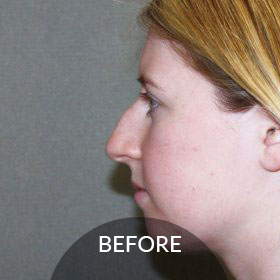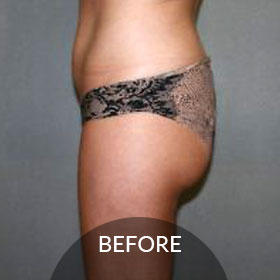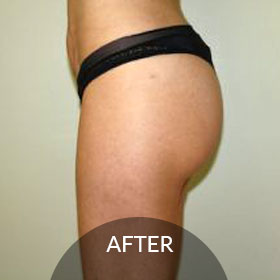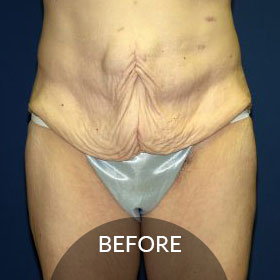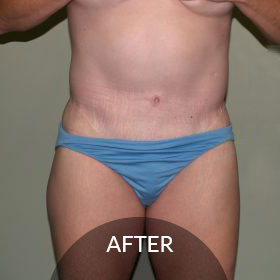What’s New
Cosmetic injectable fillers are still a hot topic and new products are continually being developed. By knowing the differences between these products, patients can better understand their risks and benefits and choose the one that is right for them. Also Limited Facelifts or “thread lifts” are being hailed as a quicker easier way to facial rejuvenation. Are they right for you?
Non-Surgical Enhancement
There are numerous soft tissue fillers currently on the market to help eliminate fine lines or unwanted wrinkles on the face or provide lip enhancement. Because there are a lot of options, patients need to be aware of the risks and benefits of these products and choose the one that is best for their needs.
Collagen which has been the gold standard for fillers has been in use for many years. Collagen is a natural protein that is found throughout the body. It can be injected into the skin to supplement your own body’s Collagen, providing texture, resiliency, and shape. The majority of patients have moved on to Hyaluronic acid because of its longer lasting effects.
The Juvéderm collection of fillers is made from hyaluronic acid. Hyaluronic acid is a natural substance in the skin that delivers nutrients, helps the skin retain moisture and softness, and adds volume. Over time, your face changes in many ways and your skin loses elasticity and moisture,. This is part of the normal aging process. You may notice a change in the appearance of your skin, typically in the form of deepening parentheses lines and wrinkles around the nose and mouth. While serums and creams can help moisturize the skin’s surface, Juvéderm XC adds volume to smooth these lines and folds, to help give you the natural-looking, long-lasting results you want.
Over time, the cheeks flatten, and the skin may begin to sag which is caused by a natural loss of volume in the cheek area. Juvéderm Voluma is designed to add volume beneath the skin’s surface to lift and contour the cheek area.
Juvéderm Volbella XC is the most recent addition to the collection—tailored to add subtle volume to the lips and smooth the appearance of vertical lip lines. Giving you a more youthful, natural appearing fullness to the lips.
These non-invasive procedures are performed in Dr. Fedele’s office with little to no down time. Most people are back in the “public eye” immediately with only occasional faint bruising.
Minimal Facelifts
Today many patients want maximum results with minimal down time. These nonsurgical procedures can postpone the need for a facelift especially in the younger patients with minimal effects of aging. Many patients will consider a more limited facelift or “threadlift” procedure to get the results of a standard facelift with much less recovery time. However, patients need to be aware that the results from these limited facelifts or “threadlifts” will not last as long or be as effective as a standard facelift. If a patient has a significant amount of excess skin in the neck and jowel area, a limited facelift or “threadlift” will not remove all of this skin. The results may look good for 6 months, but after that they may start to look like they did before the surgery and be unhappy with the results. Also many of these “threadlifts” are done by non-plastic surgeons (Physicians performing Plastic Surgery procedures not certified by the American Board of Plastic Surgery) who do not have the experience or training to perform a traditional facelift and can only offer a “threadlift” that they learned at a weekend seminar.
Safety First
Whatever new product, surgical technique, or new technology comes out on the “talk shows” or news media, it is important to consult with Dr. Fedele to see how safe the products or procedures are, or how much we know about them. Often there is a lot of hype associated with “New” Plastic Surgery techniques and they may only be a short-lived Fad. Dr. Fedele does not experiment on his patients. He will investigate new techniques or products to see what kind of risks are associated with them and what benefits they have. After careful review of the literature and the clinical trials he will incorporate them into his practice if they have a proven benefit to his patients with acceptable risks.




